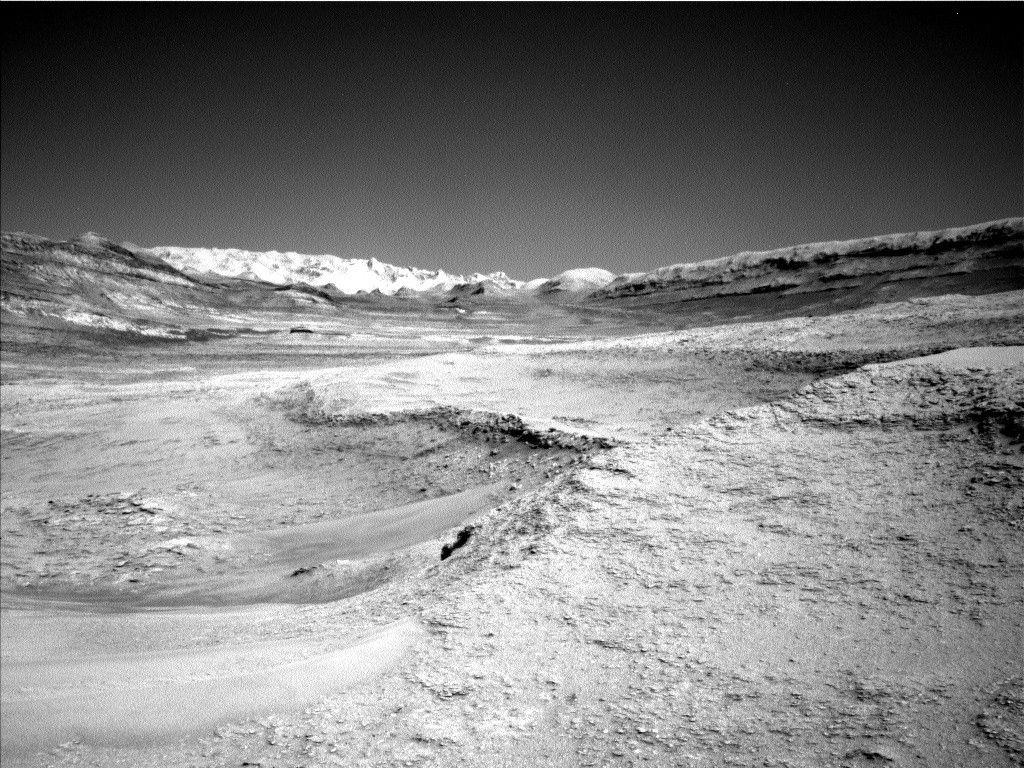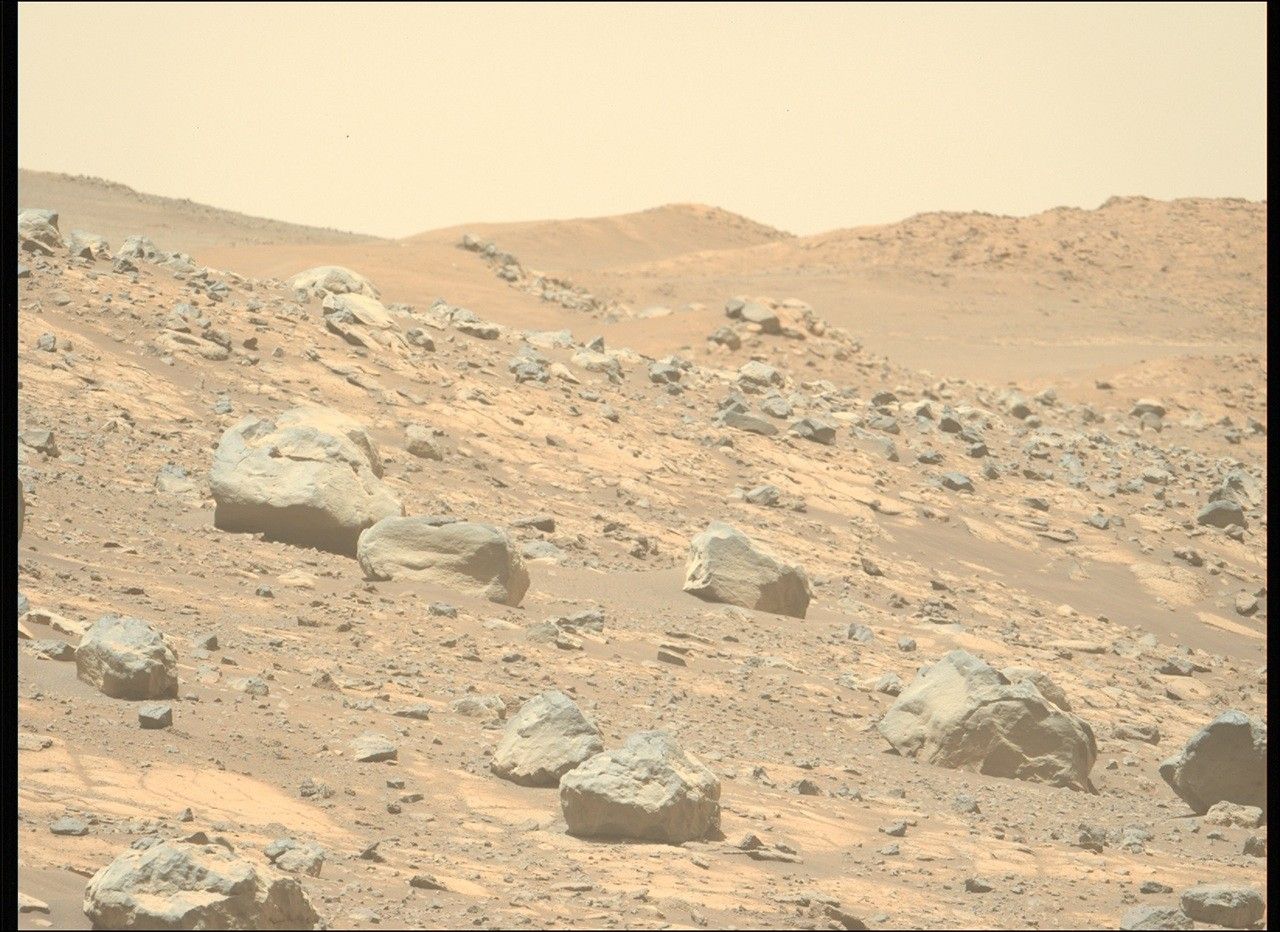Now Reading: Curiosity Rover Explores Deep Terrain on Sols 4607-4608
-
01
Curiosity Rover Explores Deep Terrain on Sols 4607-4608
Curiosity Rover Explores Deep Terrain on Sols 4607-4608

Swift Summary
- Mission Activity: NASA’s Curiosity rover, part of the Mars Science Laboratory Mission, is exploring boxwork terrain on Mount Sharp.
- Recent progress: The rover completed a 5-meter drive and is preparing for further observations and analyses at its current location.
- SAM Instrument Use: Over the weekend,Curiosity conducted measurements using the SAM (Sample analysis at Mars) instrument to analyze atmospheric composition. This activity caused a temporary deep dip in the rover’s battery charge level.
- Scientific Observations (Sol 4607):
– Continued atmospheric composition measurements with SAM.- Conducted studies of cloud altitudes and movements over Mount sharp using Navcam.
- science Block (Sol 4608):
– Dust opacity measured across Gale Crater and along the Sun’s path with Mastcam instruments.
– Imaging of rocky features such as “Cueva De Los Vencejos Y Murcielagos” ridge through mosaics and other targets like “Lake Titicaca” nodular rock pillar using chemcam laser spectrograph analysis.
– Stratigraphy study performed on Mishe Mokwa butte via telescopic imaging.
– Bedrock (“La Tranquita”) prepped for dust brushing followed by detailed imaging with MAHLI microscope and APXS analysis. Other rock specimens (“Aqua Dulce” plates; “Paposo” structures) examined as well without full chemical scans.
Indian Opinion Analysis
India’s growing interest in space exploration should find NASA’s ongoing achievements with curiosity noteworthy as exemplary benchmarks for long-term planetary reconnaissance missions. Such efforts showcase how technical resilience-such as managing energy dips while performing complex operations like SAM-based atmospheric sampling-can lead to significant scientific yields from constrained resources.
The mission’s emphasis on multidisciplinary observations reminds Indian space agencies to maintain a balanced approach towards engineering excellence as well as fostering scientific revelation when planning similar Martian ventures such as ISRO’s upcoming Mangalyaan successor missions or even its Lunar-equivalent studies . Thes kinds carry tech interpretation

























